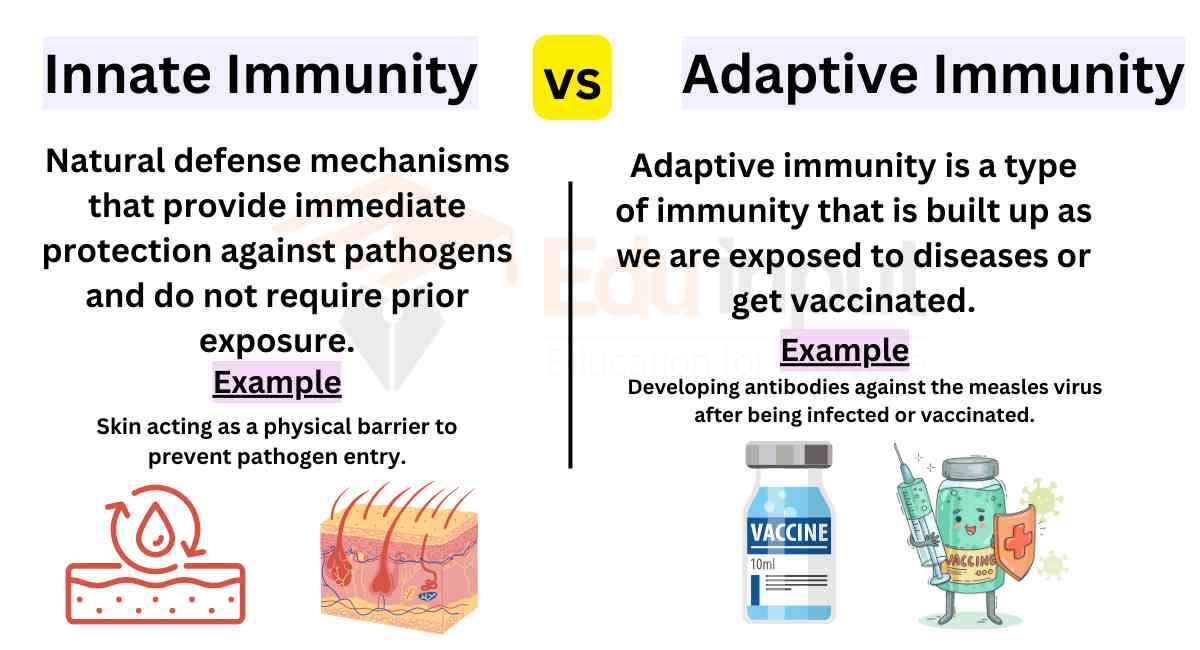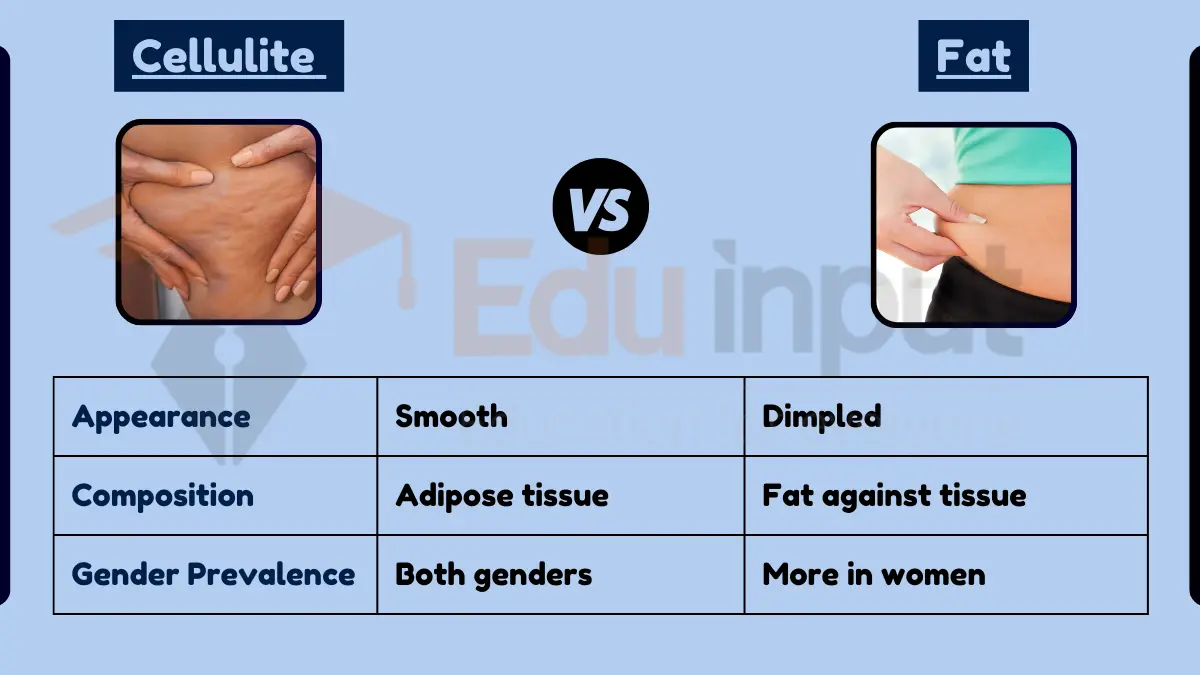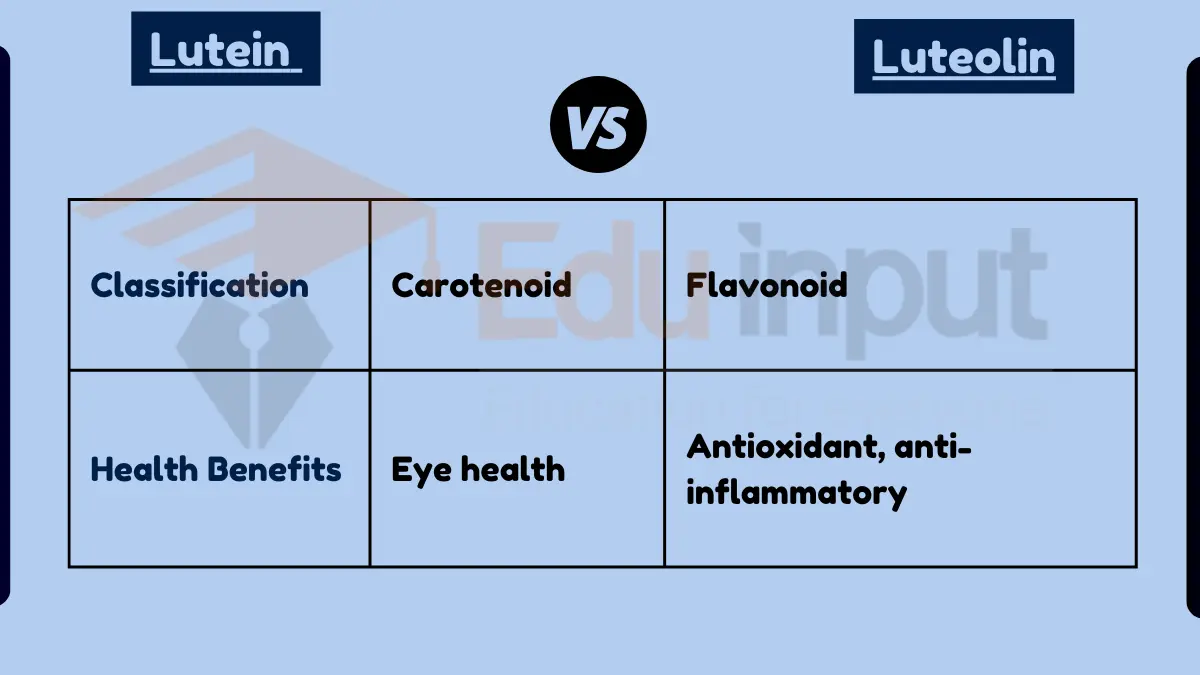Difference Between Inbreeding And Outbreeding
May 28, 2023
The main difference between inbreeding and outbreeding is that inbreeding involves mating closely related individuals, which can lead to reduced reproductive fitness, while outbreeding involves mating individuals from different populations or species.
Inbreeding vs. Outbreeding
Here are the main Difference Between Inbreeding And Outbreeding:
| Factors | Inbreeding | Outbreeding |
|---|---|---|
| Definition | Mating between closely related individuals within a population or species | Mating between unrelated or distantly related individuals within a population or species |
| Genetic Diversity | Decreases genetic diversity within the population | Increases genetic diversity within the population |
| Consequences | Increases the expression of recessive genetic disorders and susceptibility to diseases | Reduces the expression of recessive genetic disorders and increases resistance to diseases |
| Adaptability | Inbreeding hinders population adaptability. | Enhances the adaptability of a population |
| Inbreeding Depression | Increases the likelihood of inbreeding depression | Reduces the occurrence of inbreeding depression |
| Reproductive Success | Reduces reproductive success and offspring viability. | Increases reproductive success and viability of offspring |
| Population Size | Common in small populations or isolated groups with limited mating options | Common in larger populations with a wider pool of potential mates |
| Conservation Efforts | Can be used in captive breeding programs to preserve specific traits or lineages | Encouraged in conservation efforts to maintain genetic diversity and prevent inbreeding depression |
| Type of Parents | Closely-related organisms are used | Unrelated organisms are used |
| Common Ancestor | Parents used for inbreeding are the same breed for 4-6 generations | Parents used for outbreeding should not be the common ancestor for 4-6 generations |
| Species | Mating occurs between individuals of the same species | Mating occurs between separate species, genera, breeds, or varieties |
| Genetic Similarity | Inbreeding occurs between genetically similar organisms | Outbreeding occurs between genetically somewhat dissimilar organisms |
| Vigour | often results in reduced offspring vigor | promotes greater offspring vitality |
| Advantage | used to develop pure lines by increasing the genetic uniformity within a population | Used to create hybrid species that have desirable traits. |
| Disadvantages | Harmful recessive alleles can become more prevalent, resulting in decreased fertility and productivity. | the success rate of mating is lower, which can lead to a loss of fertility in the offspring. |
| Examples | Selective breeding, self-breeding, and backcross are examples of inbreeding | The breeding of individuals in two populations of the same genus is an example of outbreeding |
File Under:







Leave a Reply